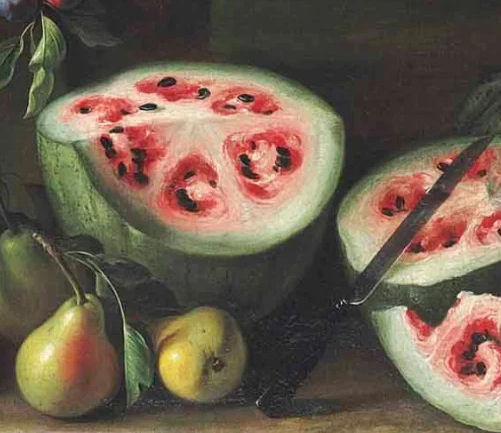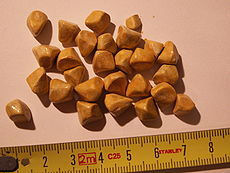Eating root, plant vegetables, and fruits
Let me start with Fruitarians. When we go to the supermarket and see all those wonderfully coloured and semi-ripe fruits, you’d be forgiven for thinking nature intended us to feed on this succulent fruit.
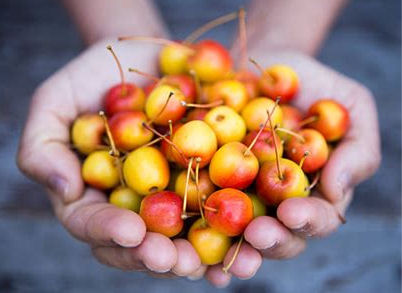
I could go on, my point is what we call fruit has been genetically modified by human beings in the not-too-distant past to increase the sugar yield. 1000 years back you would not have been able to pick enough fruit to keep you going on a daily basis, let alone longer than harvesting season.
Well, sorry to burst your bubble this is a photo of crab apples that is what apples looked like 500 years back, and this is what melons looked like 400 years ago. From a painting by Giovanni Stanchi (Rome c. 1645-1672) l
What about being a vegetarian?
Well, let’s look at herbivores, let’s start with the basics. The human body apart from essential nutrients and water is composed of fat and protein. All the herbivores in nature can produce fat and protein from the various types of grass, tree bark, and bushes etc., herbivores have four large stomachs and specialized bacteria from which they can extract or create protein and fat.

As with the fruit, present-day root vegetables and seeds have been genetically adapted to increase their sugar content, which was minuscule a couple of thousand years back.
Humans by definition are not herbivores and a human without a Tesco supermarket to draw from, who had to rely on plants, roots and mushrooms to survive, would probably be dead within a year or two unless they found a regular supply of eggs, which by definition would make them not vegetarian.
Humans were once herbivores, I have asked the Higher Self of which I am a part, and with which I am in regular communication for information on this subject, and this is what I am told, for more details on this look at -the coming cataclysm are we really alone?.
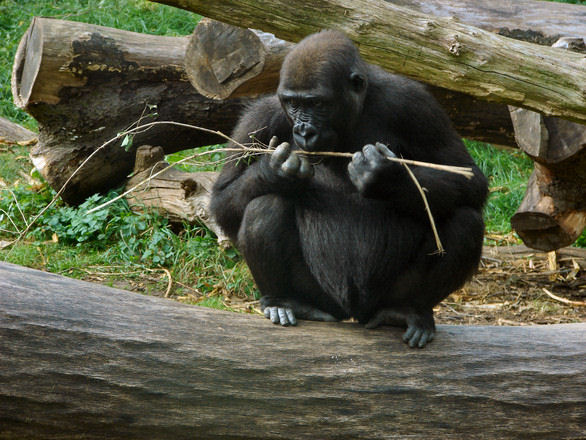
“The initial splicing of our ape-like ancestors with a branch of the True human DNA 495 million years back gave rise to our forebears. It took another 67 million years for the genetic alteration from herbivore to meat eater and predator.”
Interestingly, the True Humans do not have a digestive system like ours; for one thing, they don’t have so many stomach divisions and their food has been specially manufactured for nearly one billion years.
Their food is a mixture of protein, fat and nutrients is a complete food, bland in taste, a bit like an energy bar with some chewiness to it, their sense of smell and taste are mere vestiges, and eating is of no more significance than drinking a glass of water is for us.
Our initial genetic splicing gradually altered the size and function of our various herbivore stomachs.
The first stomach altered its function to break down protein, and the second stomach duodenum / small intestines to break down fats and absorb them as well as any bacterial bi-product nutrient.
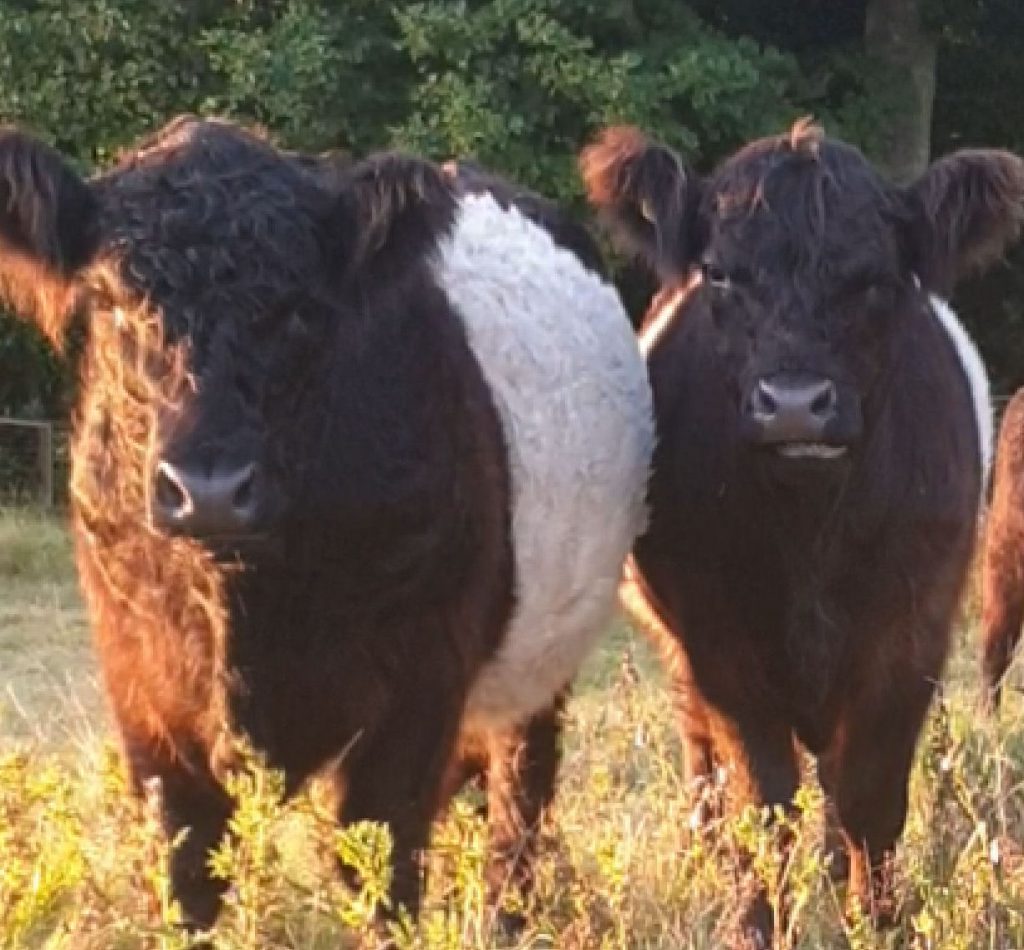
The third stomach appendix receded into a vestige of its former self and the fourth one has been relegated to fluid re-absorption as well as salts and essential vitamins created by bacteria that have not been absorbed in the small intestine.
It is of some interest that in cows, bacteria break the roughage down and produce fats which are used for energy.
In short, human beings still have a vestige of capacity to ingest some goodness from plant materials, but we have lost the ability to ferment and break down roughage to create protein and fat as herbivores do.
We have adapted ourselves to be able to ingest plant material since we became farmers. But there is a price to pay for altering our fuel consumption from fats to carbohydrates.
A recent CT scanning of 152 mummies, around half of which were from Egypt, by a group of cardiologists found that one-third of them had hardening of the arteries, leading to heart attacks.

These mummies had lived to their mid 40s, unlike the less affluent population who might have lived to mid ’30s. Their diet was mainly wheat/barley.

